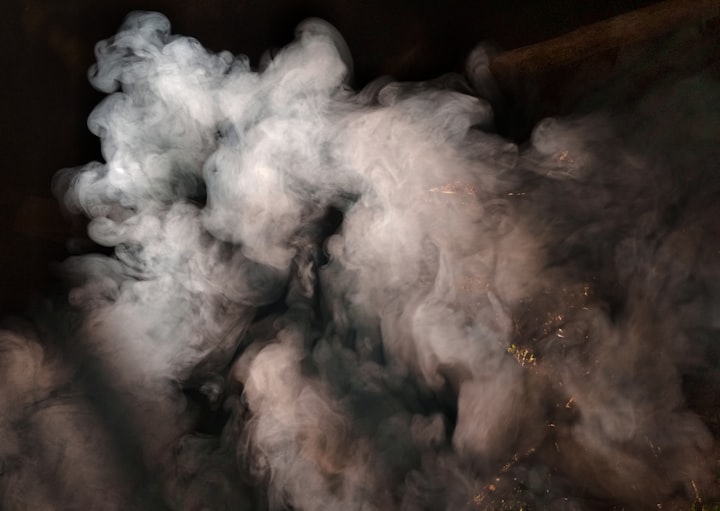Edvard Munch: Cigarettes and Change
From mental health to symbols of times

This picture, maybe because of the subject's expression, has highlighted my compulsive character. I initially saw it in a video and kept thinking about it. I looked for prints and even used it as my computer's screensaver for a bit.
"Self-Portrait with Cigarette," created by Edvard Munch when he was 32 years old in 1895, is, in my opinion, more than a self-portrait.
A portrayal of time as well as psychological depths.
Changing times, bohemian life
The painting drew criticism not only for the insanity it seemed to symbolise but also because of the conservatives’ terror that it would have had negative impacts on Oslo’s society at the time.
Cigarettes were symbolic of the lower class in the nineteenth century, as well as the deterioration of moral ideals. Cigarettes, like alcohol, represented the corruption of a civilisation that had become weak, deprived, and indulgent.
Of course, Munch and other creatives and intellectuals of the era did not necessarily agree with this view. Or better, were not faced by it. As bohemians, they embraced the criticisms, as well as the fact that they would have been seen as, well, weirdos.
Unlike the cigar, the cigarette became an emblem of a new age and social class. People who live between the working and middle classes, as well as on the cutting edge of a cultural revolution men and women went out together at cafés, clubs, and on the streets. They drank, smoked cigarettes, and were interested in art and psychology.
Accepting the entire experience of the human psyche. The difference between light and darkness.
As a result, if Munch was aware of the societal divisions around cigarette smoking, his picture would take on a new — smokey — meaning. The self-portrait becomes a vehicle for him to communicate and explore his own thinking, revealing and analysing the disturbance, the darkness within. Both the cigarette and art become self-medication, therapy, and a medium for further investigation in this way.

“Without anxiety and illness, I am a ship without a rudder….My sufferings are part of myself and my art. They are indistinguishable from me, and their destruction would destroy my art.”
Historians have diluted much of Munch's life, focusing mostly on catastrophes, psychological diseases, difficult relationships, and raging alcoholism.
Munch was aware of what critics and historians focused on when characterising him at the time. And, as stated by the quoted above, he willingly transformed his psyche into art. Patricia Berman explores parallels between Munch's biography and Roland Barthes' concept of myth in her art creations. Munch absorbed his life's historical events into pictures, notably his self-portraits, making them clear, evident, and transparent.
However, Patricia adds [source at end of page], Munch's lifestyle and artistic expression may be viewed as a result of the period in which he lived, rather than as evidence of insanity.
Following this notion, the painter's creative talents — as aberrant from bourgeois norms — were labelled as "illness," despite the fact that they may have been simply manifestations of social changes in the surroundings, as well as the result of a personal exploration of the self.
But the focus on his personal issues, and the notion of a “mad genius” Munch were known to him, which ( I speculate) would have had a reverse-causality effect on his mental health, or rather, act as a self-fulfilling prophecy. In turn, creating the real-life “mad genius” we see painted in his self-portrait with a cigarette. In that intense gaze.

Further examination into the fact or potential of Munch's mental health problems is beyond the scope of this piece of writing, and frankly, it is none of our concern. Not mine, at least not for now.
Finally, the cigarette remains a symbol and marker of the passage of time, of accepting one's deviancy, and of rejecting a conservative status quo. Perhaps the cigarette is also a means (as we now know, not very healthy) for Munch's deeper research and more transparent presentation of his inner mind.
As a final note, I would like to thank Nerdwriter for inspiring this story with his video:
Other Sources:
https://www.jstor.org/stable/40919620?seq=7#metadata_info_tab_contents
https://www.smithsonianmag.com/arts-culture/edvard-munch-beyond-the-scream-111810150/






Comments
There are no comments for this story
Be the first to respond and start the conversation.